Victorian interior design is celebrated for its lush ornamentation, rich color schemes, and meticulous attention to detail. Originating during Queen Victoria’s reign (1837–1901), this style marries opulence and craftsmanship, showcasing maximalist elements such as jewel-toned palettes, intricate woodwork, and layered textures. From sumptuous draperies to embossed wallcoverings like Lincrusta, each component serves to create a deeply atmospheric and historically resonant space. While traditional motifs—floral wallpapers by William Morris, Eastlake spindle furniture, and gilded mirrors—anchor the aesthetic, a modern Victorian approach can seamlessly integrate contemporary comforts and authentic vintage finds. Below are 20 detailed ideas to inspire a Victorian-inspired interior that balances period grandeur with today’s livability.
1. Jewel-Toned Color Palettes
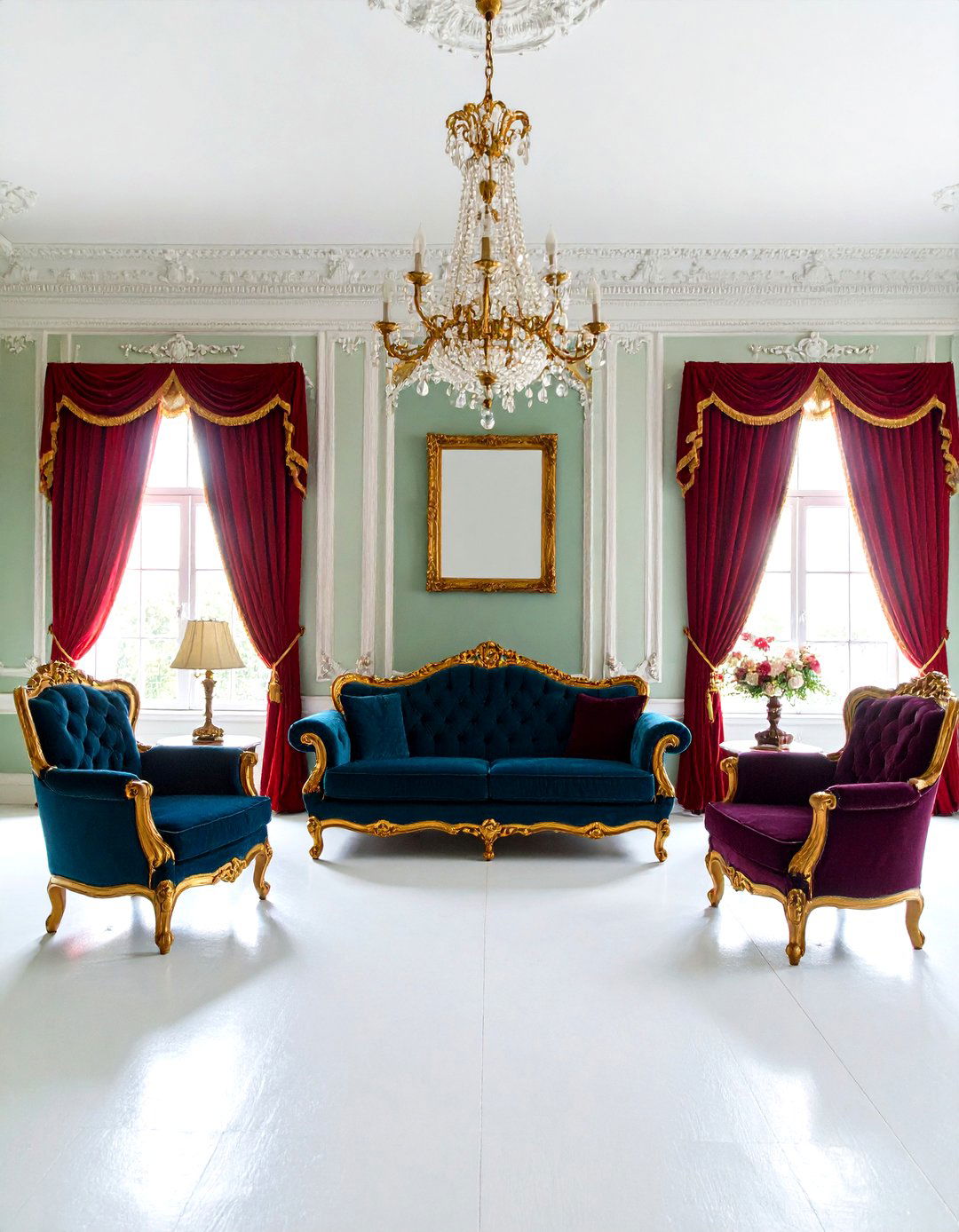
Victorian interiors revel in deep, saturated hues—emerald greens, sapphire blues, burgundy reds, and amethyst purples—that evoke a sense of drama and luxury. Walls are often painted in these jewel tones or covered with richly pigmented wallpapers, creating a backdrop for equally sumptuous furnishings and decor. Upholstered pieces in velvet or damask fabrics further reinforce the palette, while contrasting trim or painted woodwork in darker shades emphasizes architectural details. When balanced with lighter neutrals—cream moldings or pale ceilings—jewel-toned rooms feel both cozy and sophisticated, reminiscent of 19th-century drawing rooms where intense color signified wealth and taste.
2. Intricate Woodwork and Moldings

Ornate woodwork is a hallmark of Victorian interiors, featuring carved door frames, elaborate crown moldings, and wainscoting that display the era’s craftsmanship. From lathe-turned spindles on staircases to perforated gables on porch eaves, wood detailing adds texture and depth throughout a home. Interior moldings often include dentil cornices, floral appliqués, and ornamental brackets, all painted or stained to accentuate their profiles. Even built-in cabinetry and shelving receive decorative treatment, with carved panels or fluted pilasters framing storage spaces. This level of woodworking elevates every room into a curated environment, where no surface is left unadorned.
3. Embossed Wallcoverings like Lincrusta
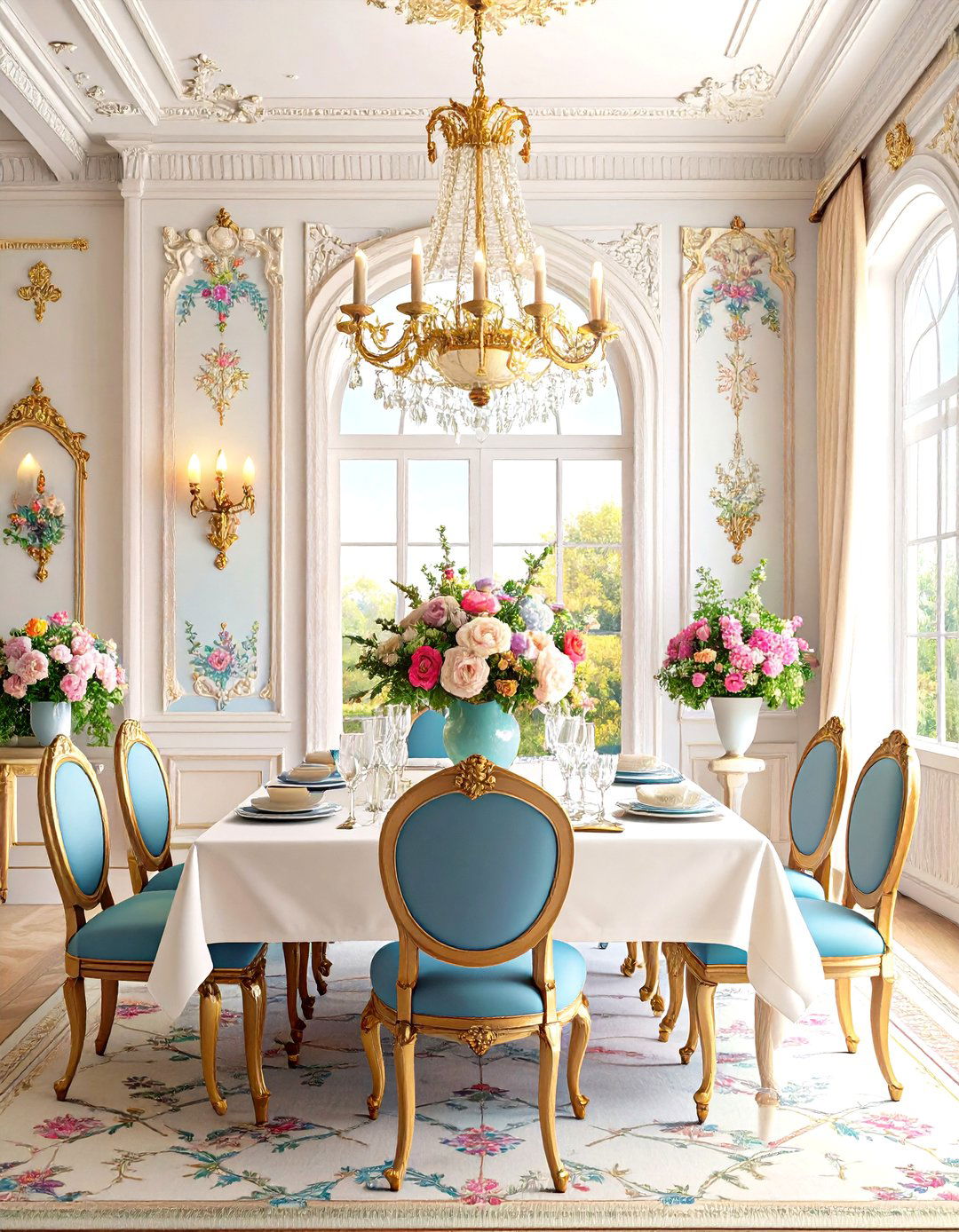
Introduced in 1877, Lincrusta is an embossed wallcovering made from linseed oil and paper that simulates wood or leather textures. Popular in Victorian homes, Lincrusta panels appear on walls and ceilings, painted in layered finishes to highlight their relief patterns. Unlike flat wallpapers, these coverings bring tactile depth and sculptural quality to surfaces, often used in entrance halls, parlors, or dining rooms. Available in various motifs—geometric trellises, botanical friezes, or classical pilasters—Lincrusta remains a statement-making option for those seeking historic authenticity paired with durability.
4. Gothic Revival Wallpaper Patterns
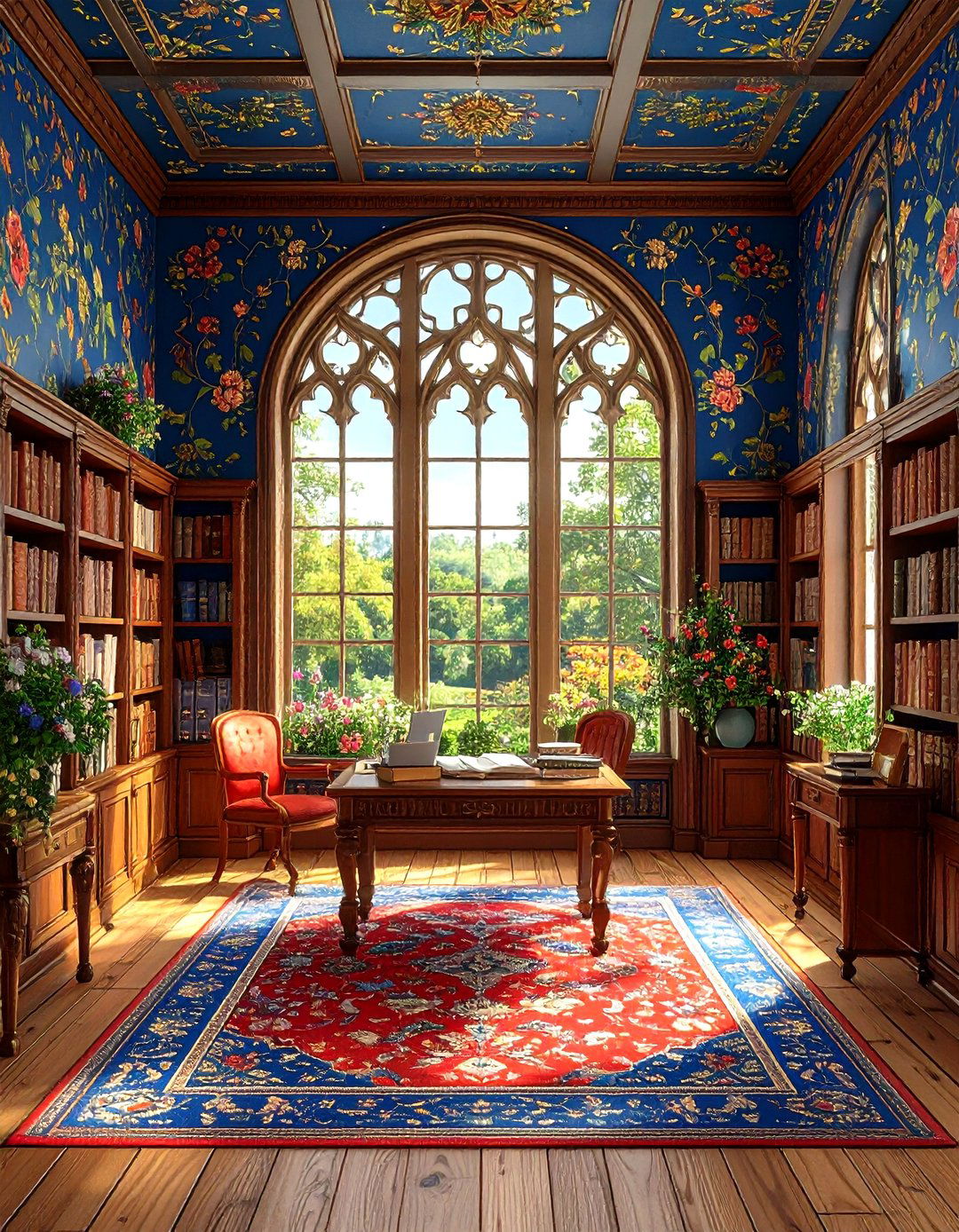
Victorian decorative arts embraced Gothic Revival motifs, featuring wallpapers with stylized leaf, vine, and trefoil designs in earth-toned palettes. These patterns, often inspired by medieval manuscripts and church windows, introduce a dramatic but harmonious aesthetic to interiors. Wallpapers were overprinted on primary backgrounds of red, blue, or yellow, then accented with cream or tan detailing. Pairing these Gothic Revival papers with dark wood trim and wrought-iron hardware enhances the historic ambiance, making spaces feel like intricately decorated sanctuaries – a fitting tribute to 19th-century tastes.
5. Heavy Drapery and Tassels
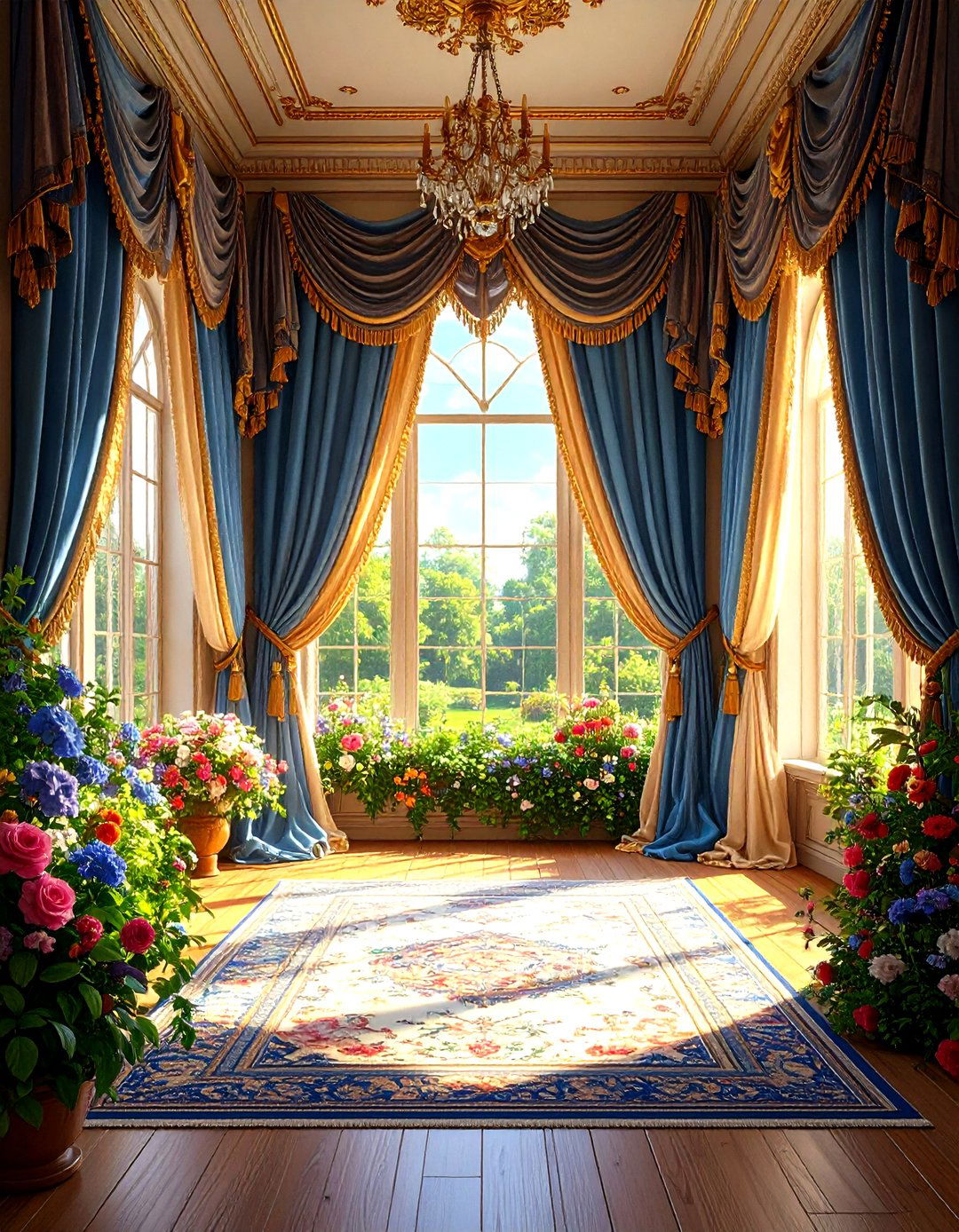
Window treatments in Victorian homes are characterized by floor-length, layered draperies crafted from velvet, brocade, or damask fabrics. Swagged valances, tasseled tiebacks, and fringe trim add richness and movement to the fabric, while undercurtains of lace or sheer linen filter light softly. These sumptuous textiles not only frame windows but also contribute to room acoustics, creating an enveloping, private atmosphere. Coordinating draperies with upholstery and wallpaper patterns unifies the decor scheme, emphasizing maximalism over minimalism in true Victorian fashion.
6. Decorative Ceiling Medallions and Cornices
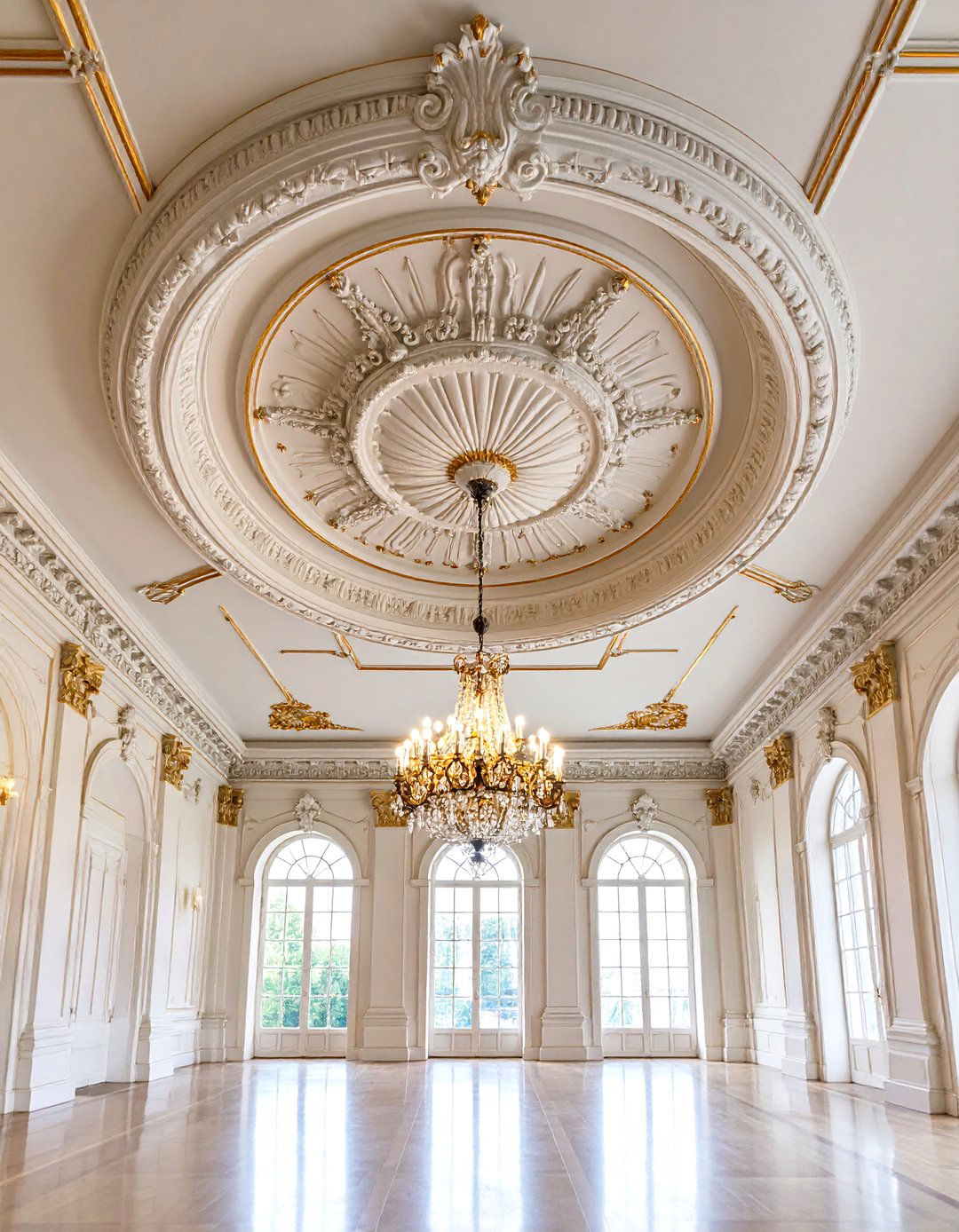
Victorian ceilings are seldom plain—ornamental plaster medallions often center chandeliers, while cornices crown walls with sculpted profiles. These elements draw the eye upward, showcasing craftsmanship and enhancing proportions in high-ceilinged rooms. Painted or gilded, ceiling decorations can incorporate floral rosettes, acanthus leaves, or egg-and-dart moldings. Originally functional—hiding beam junctions or uneven plaster—medallions and cornices evolved into purely decorative features, cementing their place in historic and restoration projects.
7. Gilded Mirrors and Ornate Frames
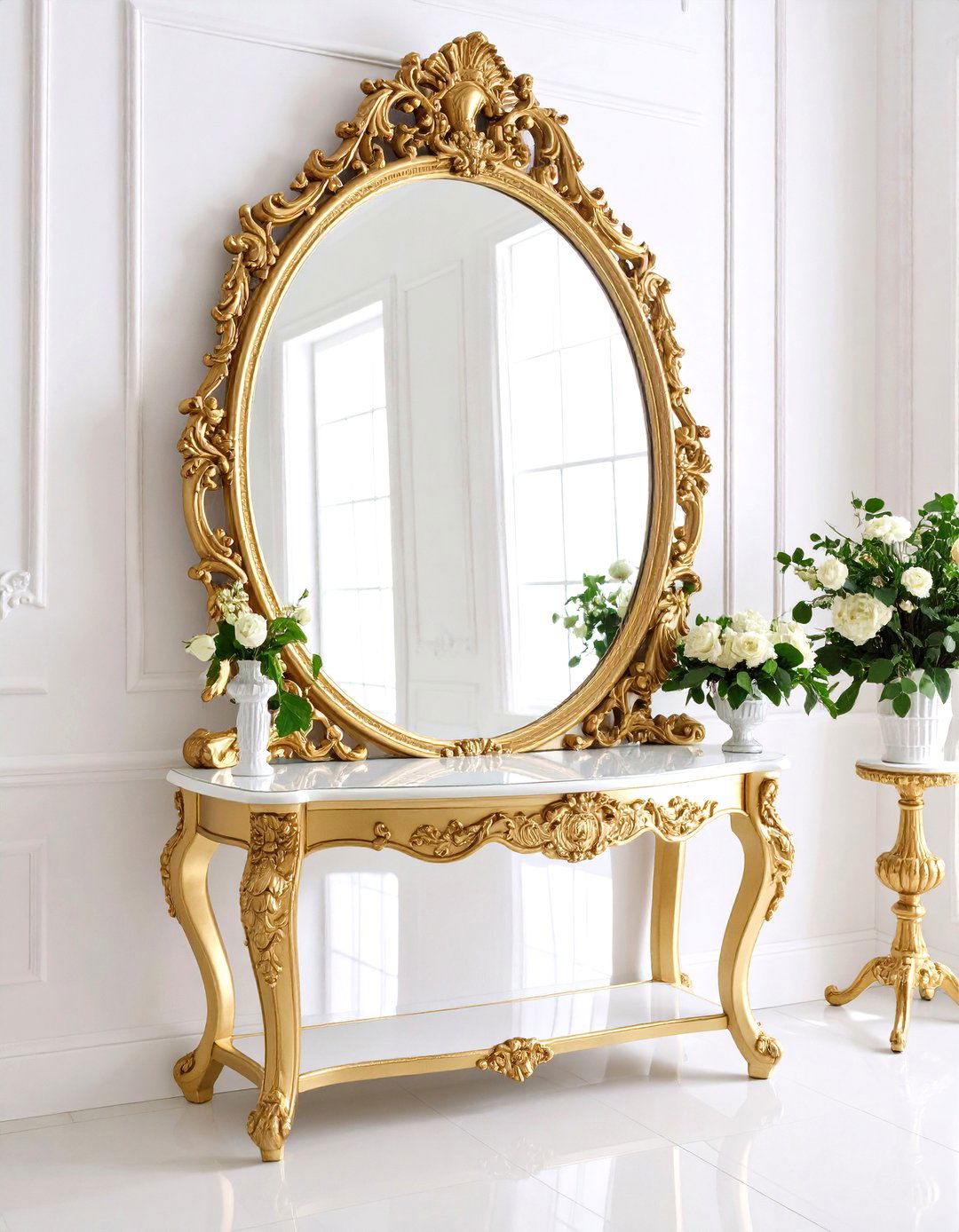
Large, gilded mirrors framed with carved wood or plaster ornamentation serve both practical and aesthetic functions in Victorian interiors. Positioned to reflect light from gas or electric fixtures, these mirrors enhance luminosity in dimly lit rooms. Frame designs range from Rococo-inspired scrollwork to classical motifs like laurel wreaths and sunbursts. Beyond mirrors, framed artworks—portraits or landscapes—feature similarly elaborate surrounds, creating a cohesive gallery wall effect. The gleaming gold finish contrasts beautifully with jewel-toned walls and dark woodwork, adding sparkle and elegance.
8. William Morris Floral Wallpapers
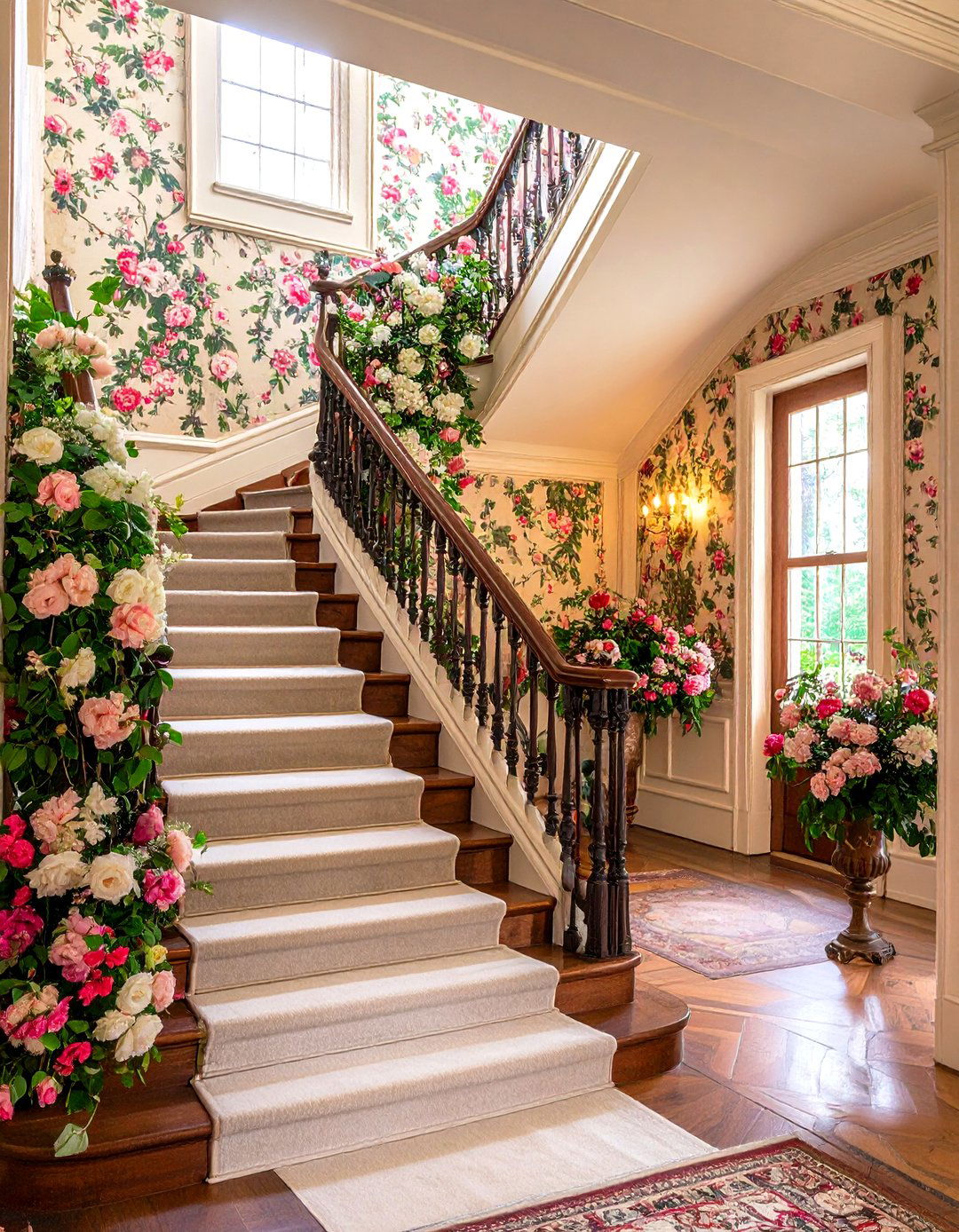
Renowned designer William Morris revolutionized wallpaper with densely patterned florals and medieval-inspired motifs printed in harmonious colorways. Morris papers feature intertwining vines, stylized flowers, and birds, often rendered in natural pigments that age gracefully. Ideal for parlors, studies, or stair halls, these wallpapers act as immersive backdrops for equally intricate furnishings. Many historic homes retain original Morris installations, and modern reproductions continue to be prized by preservationists and designers seeking authentic Victorian charm.
9. Eastlake-Style Spindle Furniture
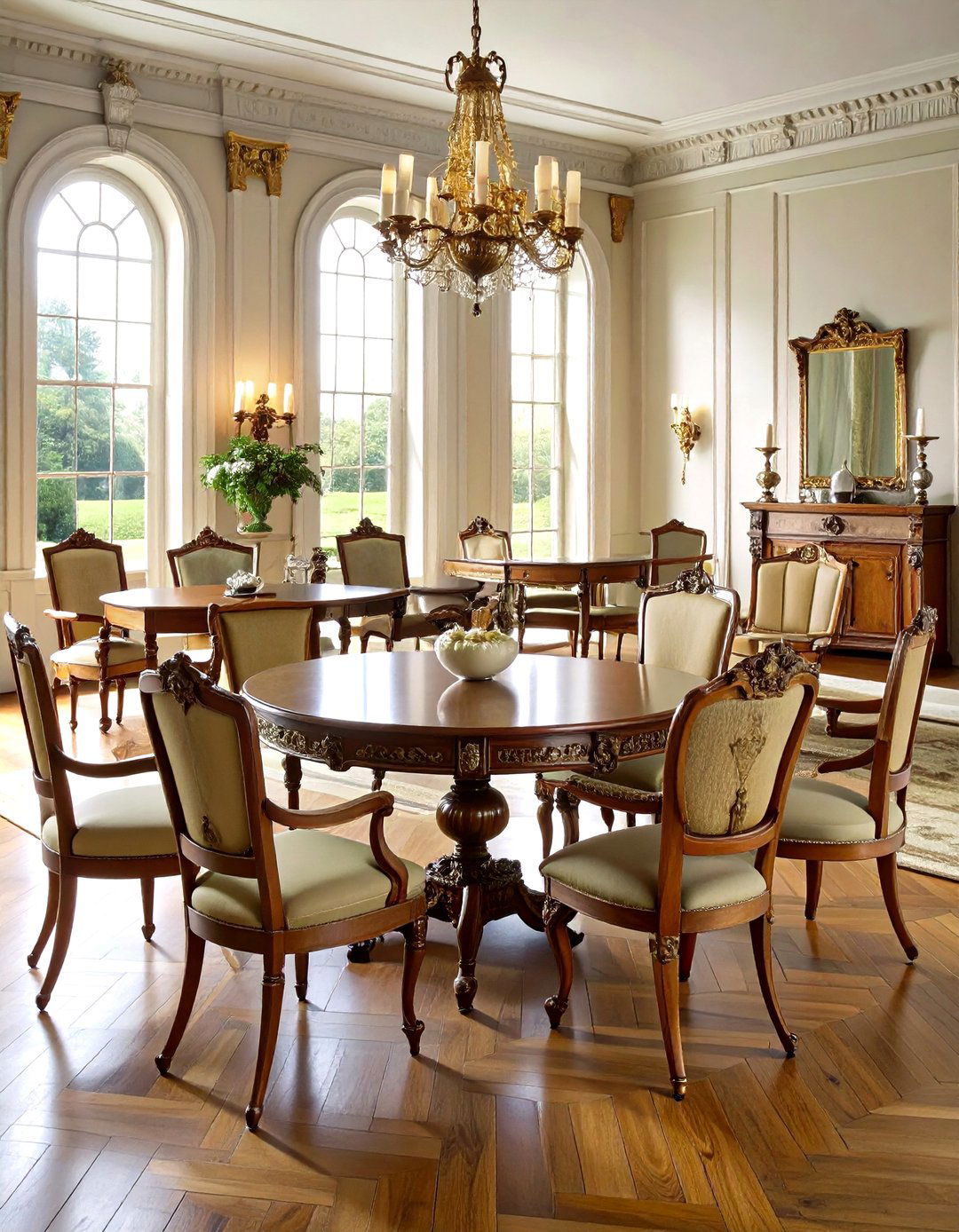
The Eastlake movement emphasized domestic comfort and machine-made precision, producing furniture with lathe-turned spindles, geometric ornamentation, and ebonized accents. Chairs, tables, and sideboards feature rectilinear forms with carved linear decorations, offering a more restrained alternative to Rococo excess. Eastlake pieces made of oak or cherry became staples in middle-class Victorian homes, prized for their affordability and ease of maintenance. Integrating Eastlake tables or chairs into a contemporary space provides historical reference without overwhelming the room.
10. Rococo Revival Seating Arrangements
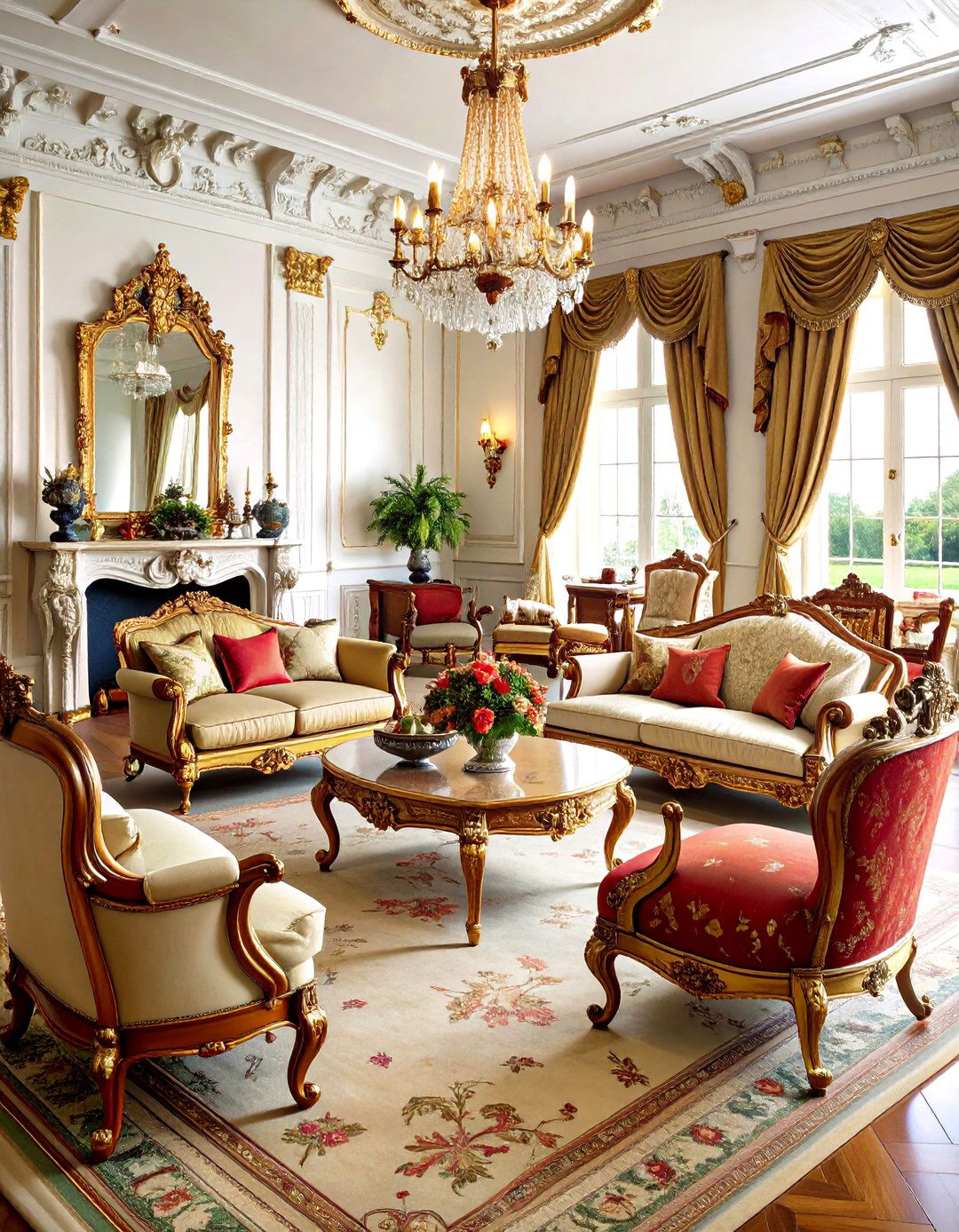
Rococo Revival furniture embraces sinuous lines, carved cabriole legs, and upholstered frames in sumptuous fabrics. Settees and armchairs often feature carved floral or shell motifs, evoking the opulence of 18th-century French design. These seating pieces serve as focal points in parlors or drawing rooms, inviting conversation and leisure. Coordinating chairs with matching ottomans or chaise lounges enhances the period feel, while integrating modern cushions or throws offers a subtle contemporary counterpoint.
11. Plush Velvet Upholstery
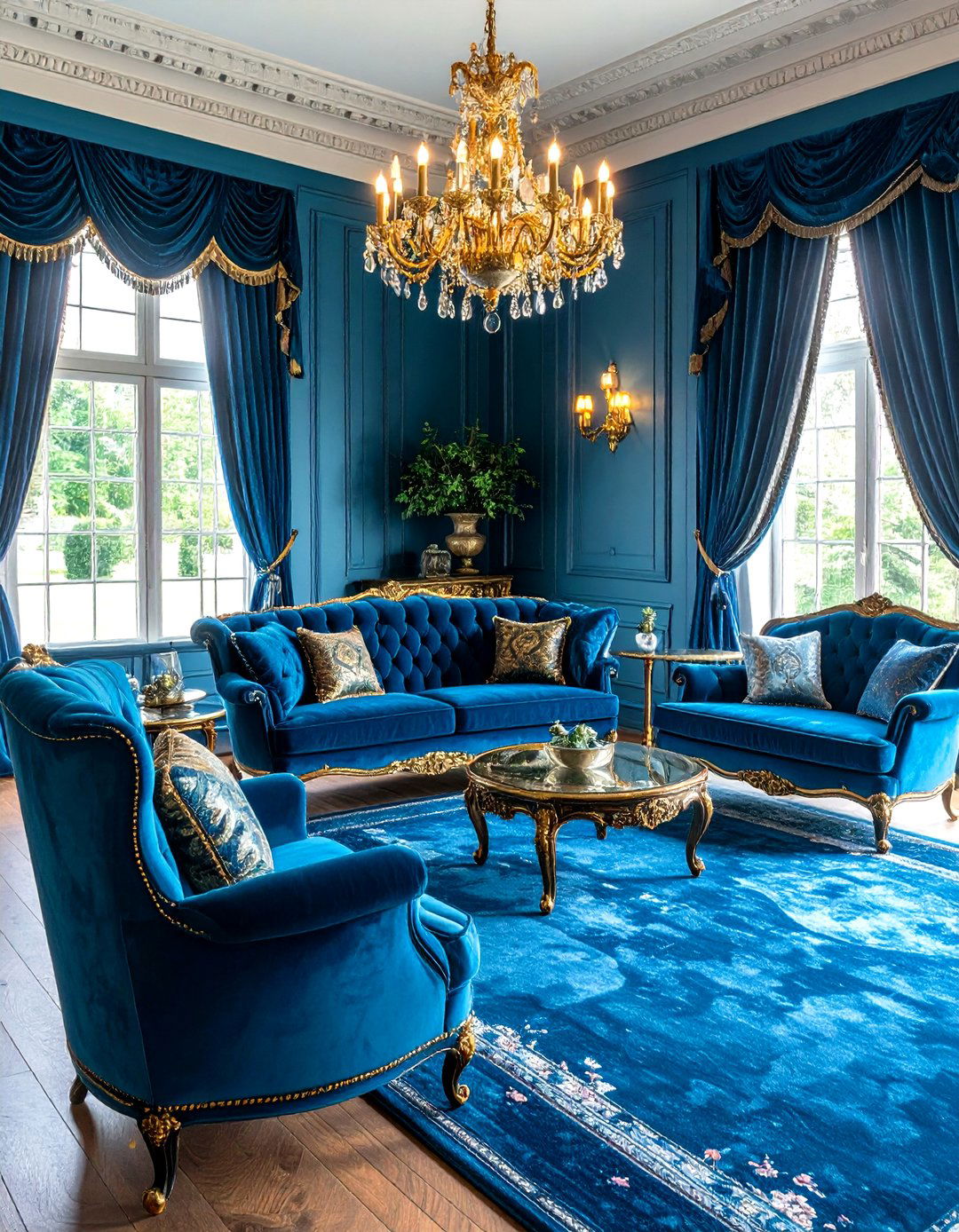
Velvet—luxurious and tactile—was a Victorian favorite for upholstery on sofas, chairs, and headboards. Deep-pile textures dyed in saturated hues catch and reflect light, adding depth to seating areas and accent pieces. Beyond seating, velvet pillows and drapery accents reinforce the plush aesthetic, creating inviting, cocoon-like environments. Modern treatments may include performance velvet blends for durability, ensuring that these sumptuous fabrics remain practical for everyday use.
12. Ornamental Fireplaces and Mantels

Victorian mantels, crafted from marble or richly grained woods, often feature carved columns, friezes, and overmantel mirrors or tile inserts. Fire surrounds might include decorative cast-iron inserts with encaustic tile hearths, combining functionality with artistry. In period homes, fireplaces provided primary heating, making them central to room design. Restoring or replicating these features ensures authenticity, while adding a sleek gas insert or decorative logs adapts them for modern convenience.
13. Grand Staircases as Focal Points
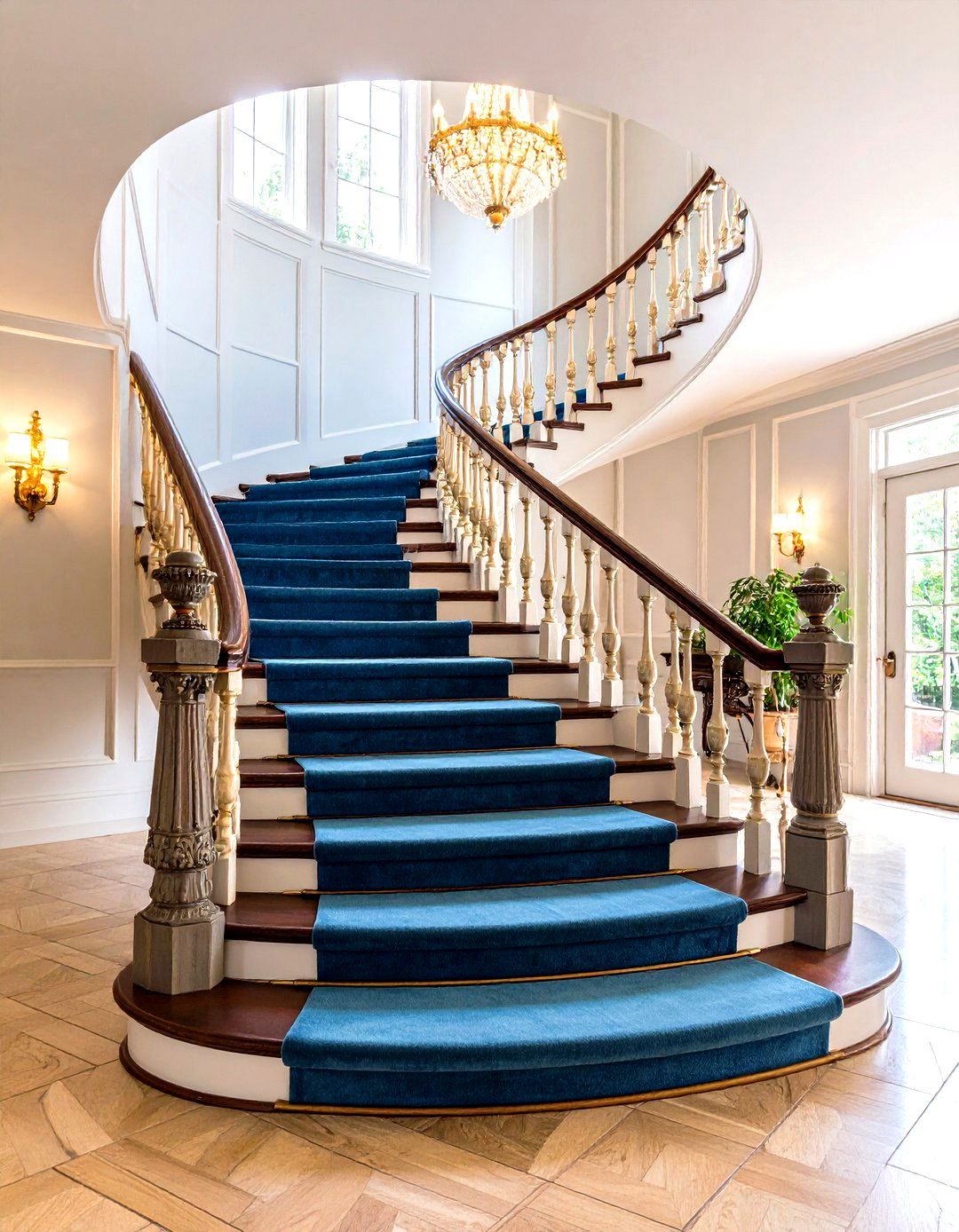
Victorian staircases frequently occupy central halls, with broad treads, carved newel posts, and turned balusters showcasing local timber. Stair runs may curve or feature landings with arched openings, creating dramatic vertical spaces. Staircase walls often display gallery arrangements of family portraits or botanical prints, reinforcing the home’s narrative. Incorporating a historic staircase—or installing a reproduction with period-accurate details—adds architectural gravitas to any interior.
14. Gallery Walls of Portraits and Art

A curated collection of framed portraits, landscapes, and botanical studies defines many Victorian interiors. Frames of varying sizes and styles are arranged salon-style, covering entire walls from chair rail to ceiling. This dense display exemplifies Victorian interest in travel, science, and family lineage. Mixing originals with high-quality reproductions allows for flexibility, while LED picture lights can illuminate each work without damaging delicate canvases.
15. Marble Accents on Tables and Counters
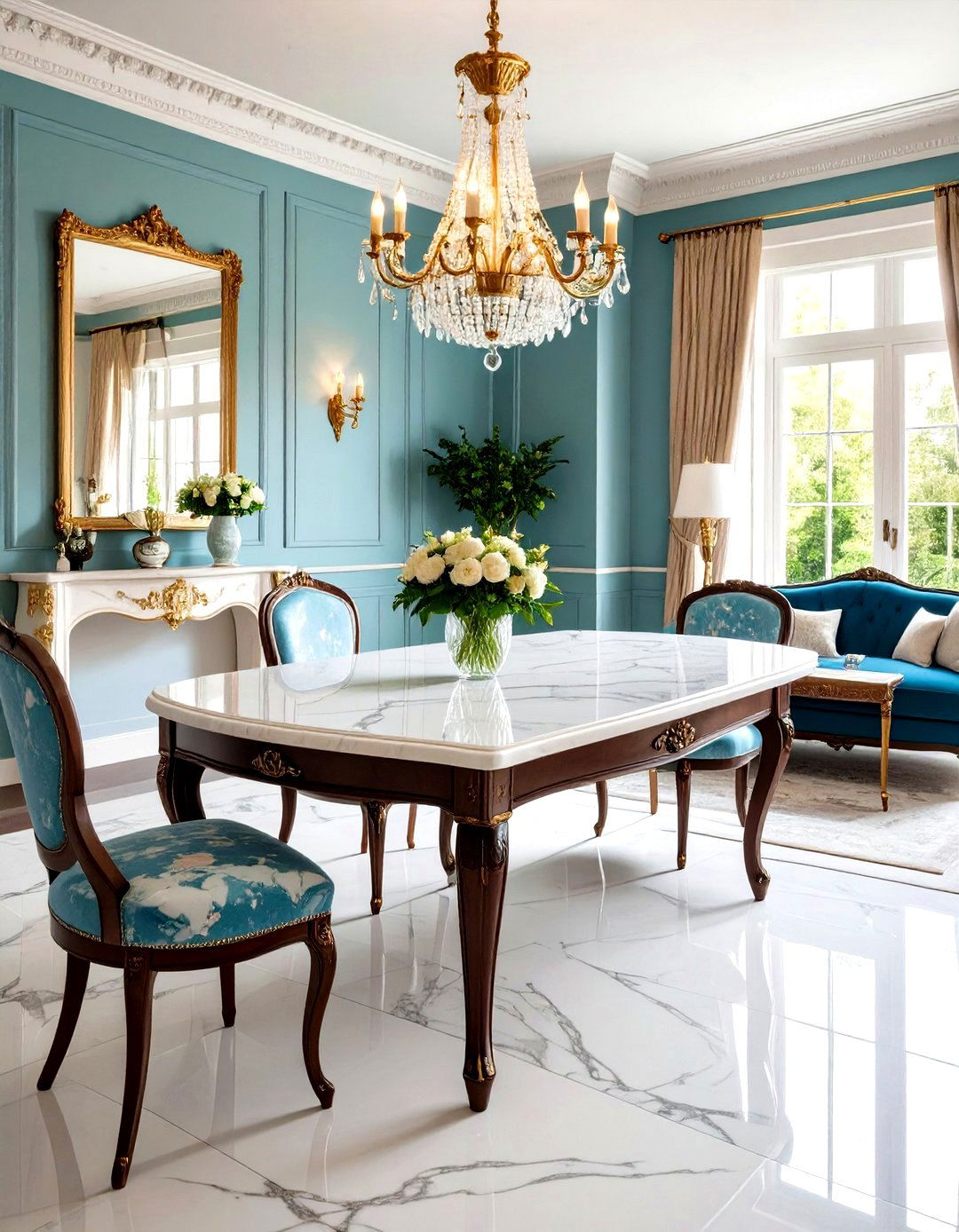
Carrara and other marbles were prized for table tops, fireplace surrounds, and washstands, lending cool elegance to richly appointed rooms. Marble surfaces pair especially well with dark woods and brass fixtures, creating contrast and highlighting veining patterns. Contemporary use of marble in console tables, side tables, or even bathroom vanities evokes Victorian luxury, while honed or leathered finishes offer a subtler, more tactile feel.
16. Dark Wood Flooring and Rich Carpets

Wide-plank hardwood floors in walnut, oak, or mahogany establish a warm foundation for layered rugs and carpets. Oriental rugs with intricate motifs—Persian, Turkish, or Aubusson tapestries—add pattern and insulation underfoot. Carpets might feature central medallions, floral borders, or repeating geometric designs, complementing the wallpaper and upholstery fabrics. In high-traffic areas, runners protect flooring while guiding movement through the home.
17. Incorporation of Modern Luxuries
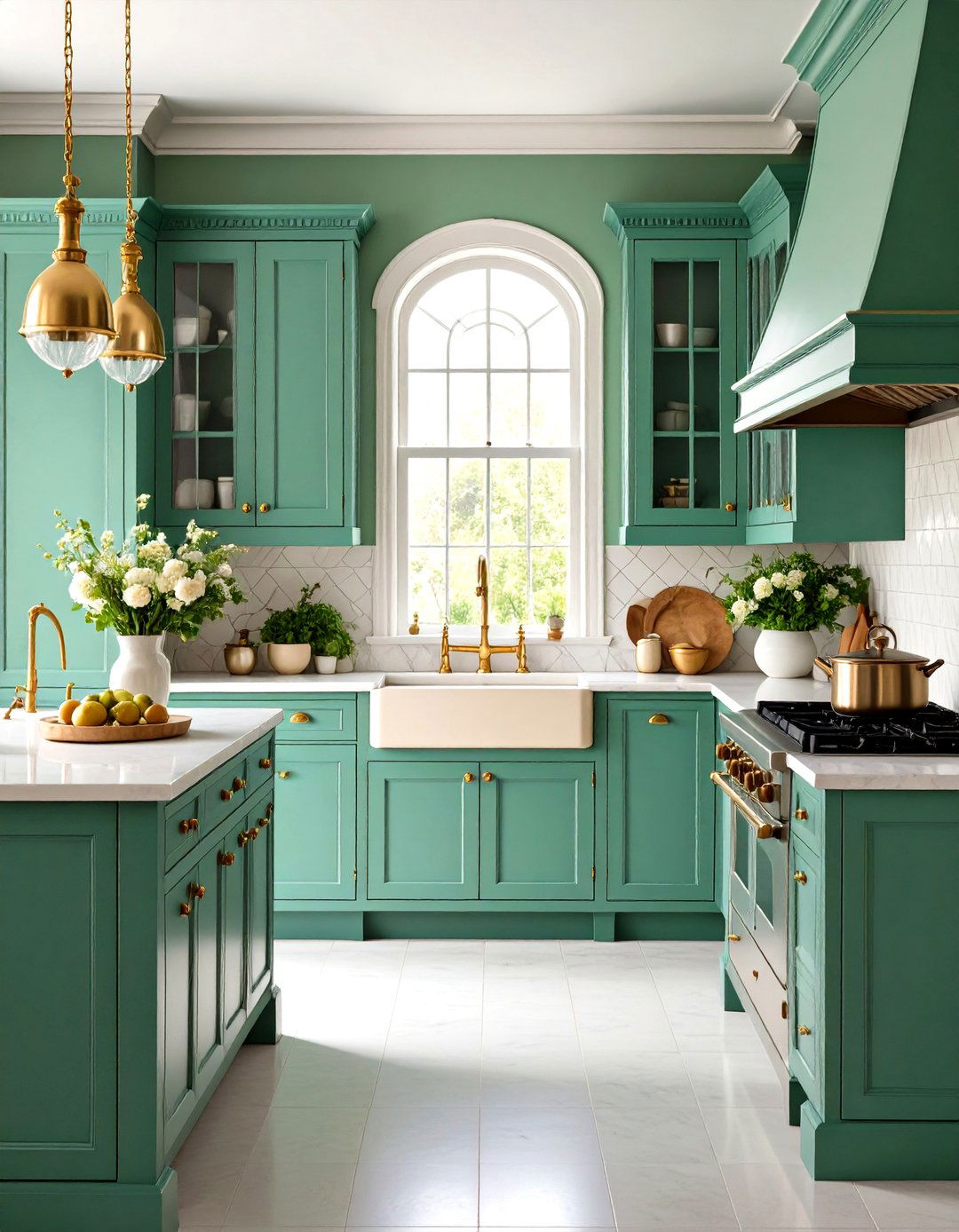
A modern Victorian interior balances historic authenticity with contemporary conveniences: built-in climate control, updated lighting systems, and concealed wiring. Kitchens and bathrooms can feature period-appropriate cabinetry and fixtures—such as apron-front sinks or claw-foot tubs—paired with modern appliances and controls. Seamlessly blending old and new ensures comfort without sacrificing the style’s signature grandeur.
18. Layering Textures and Patterns
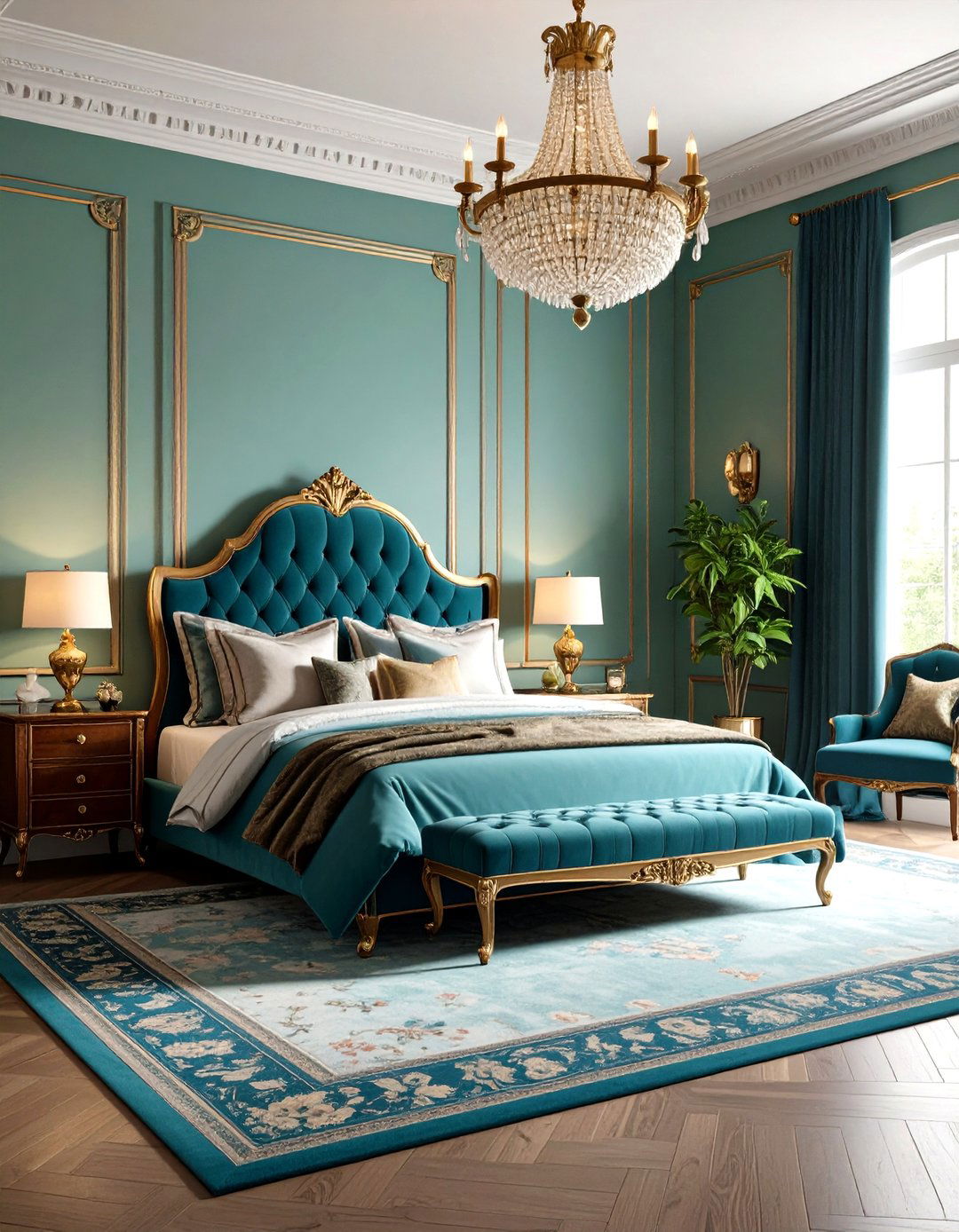
Victorian style thrives on the juxtaposition of textures: grasscloth walls, plush rugs, tadelakt or Venetian plaster finishes, and metallic accents. Mixing tactile fabrics—silks, velvets, and embroidered linens—with hard finishes like polished brass or marble creates visual interest. Designers today layer modern materials—concrete, glass, or resin—with antique furnishings to achieve a dynamic, lived-in look.
19. Outdoor Victorian-Inspired Verandas
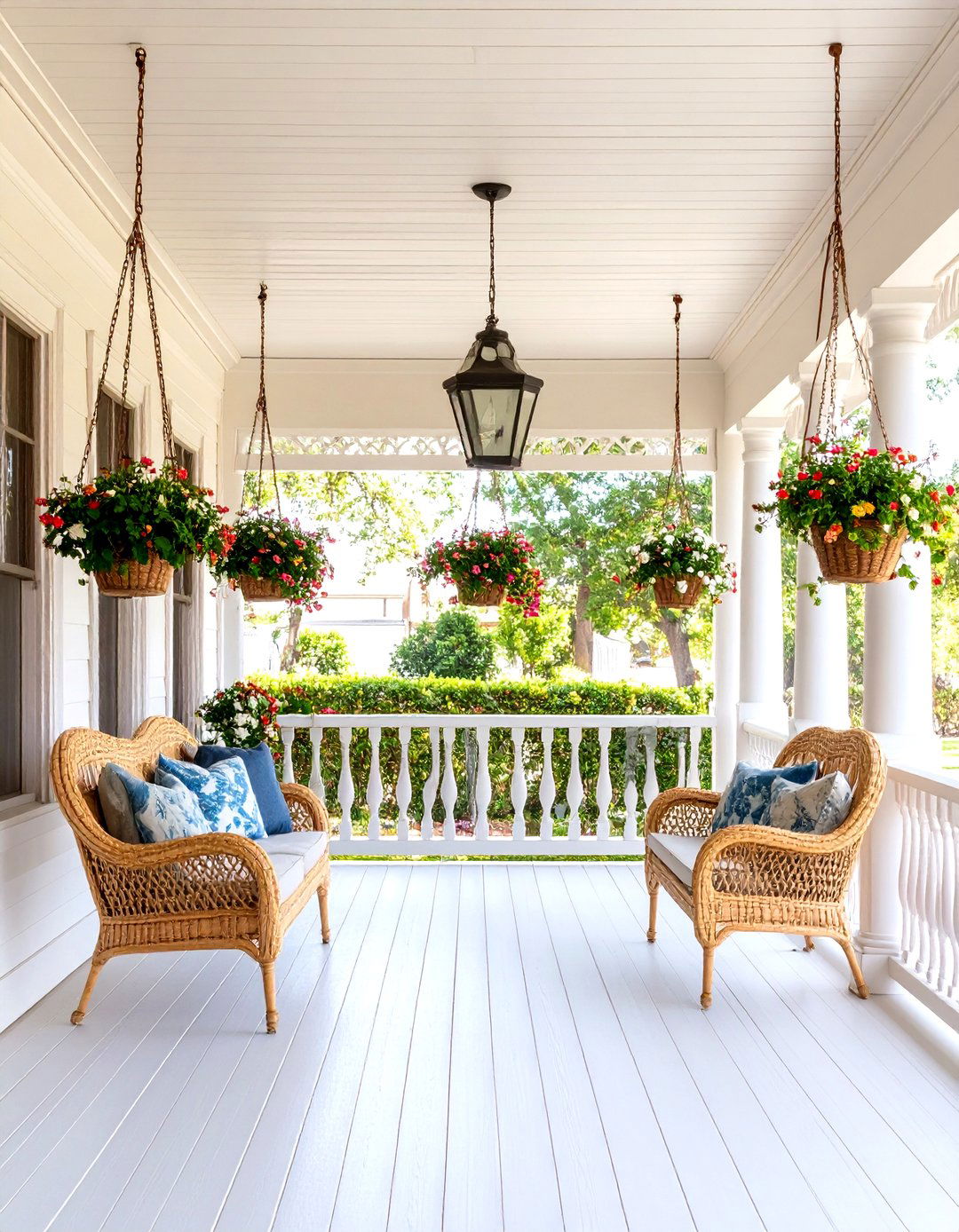
Wraparound porches with spindle railings, gingerbread trim, and turned columns extend living spaces outdoors. Painted in contrasting trim colors, verandas become welcoming transitions to gardens. Hanging wicker swing chairs, beadboard ceilings, and tiled entryways evoke the era’s emphasis on leisure. Furnishing with weather-resistant wicker or cast-iron pieces lets you enjoy the porch year-round.
20. Mixing Antique Finds with Budget-Friendly Pieces

True Victorian decor need not break the bank. Hunt for secondhand treasures—vintage vases, salvaged wood moldings, or period lighting—alongside quality reproductions and modern thrift finds. A faux Barbara Hepworth sculpture from Anthropologie for $75 can sit comfortably beside an antique side table, proving that high style is accessible when you mix authentic and affordable elements.
Conclusion:
Victorian interior design offers an immersive, richly layered aesthetic defined by opulent color, intricate detailing, and a reverence for craftsmanship. By combining jewel-toned palettes, elaborate woodwork, and period-appropriate furnishings—whether Eastlake spindles or Rococo revival seating—with modern comforts, you can create spaces that honor history while meeting contemporary needs. Key elements such as embossed Lincrusta walls, William Morris wallpapers, and mixed-texture layering anchor the design, while curated antiques and budget-friendly finds ensure character and accessibility. Embracing these 20 ideas allows for a truly bespoke Victorian-inspired home that feels both grand and welcoming.



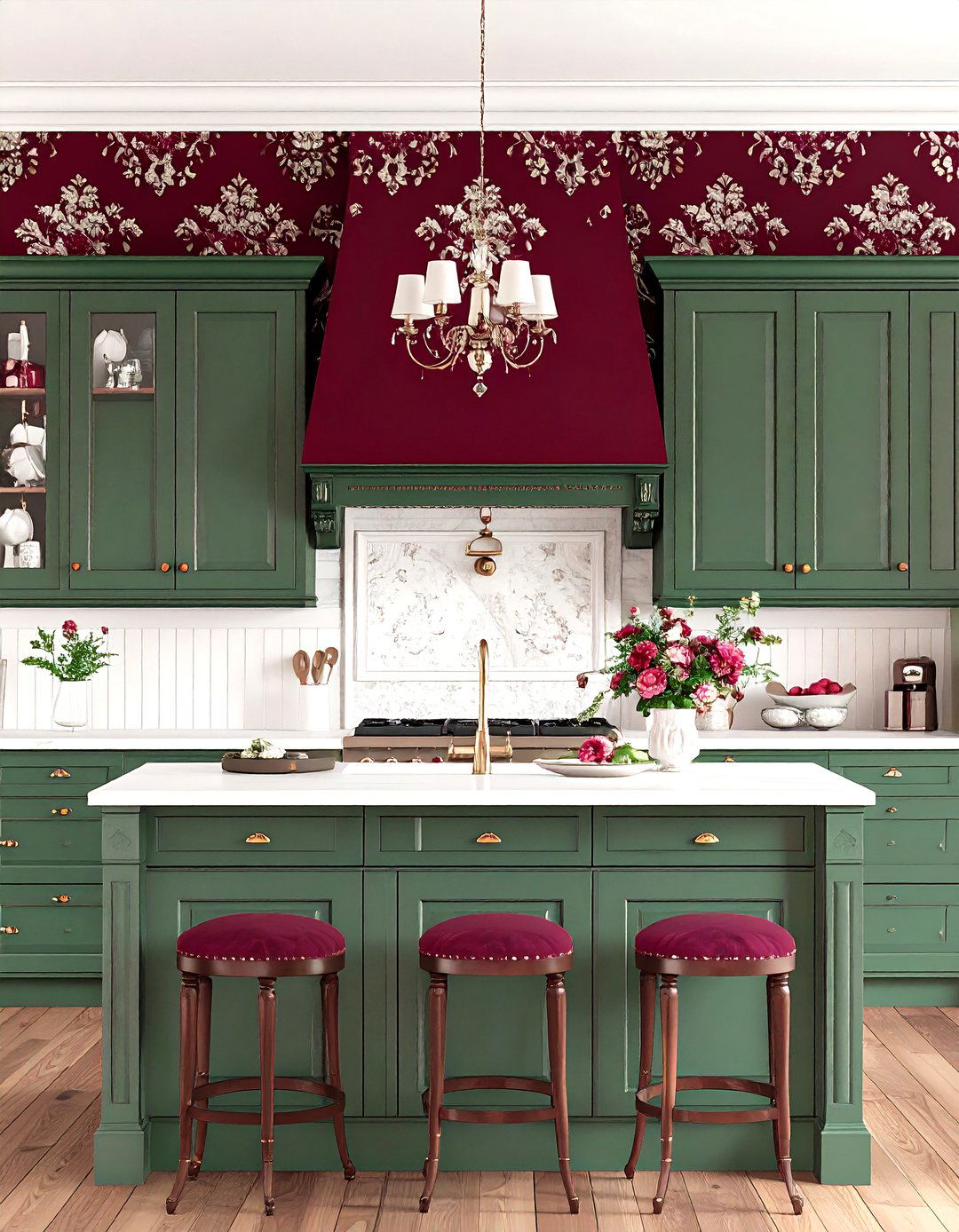

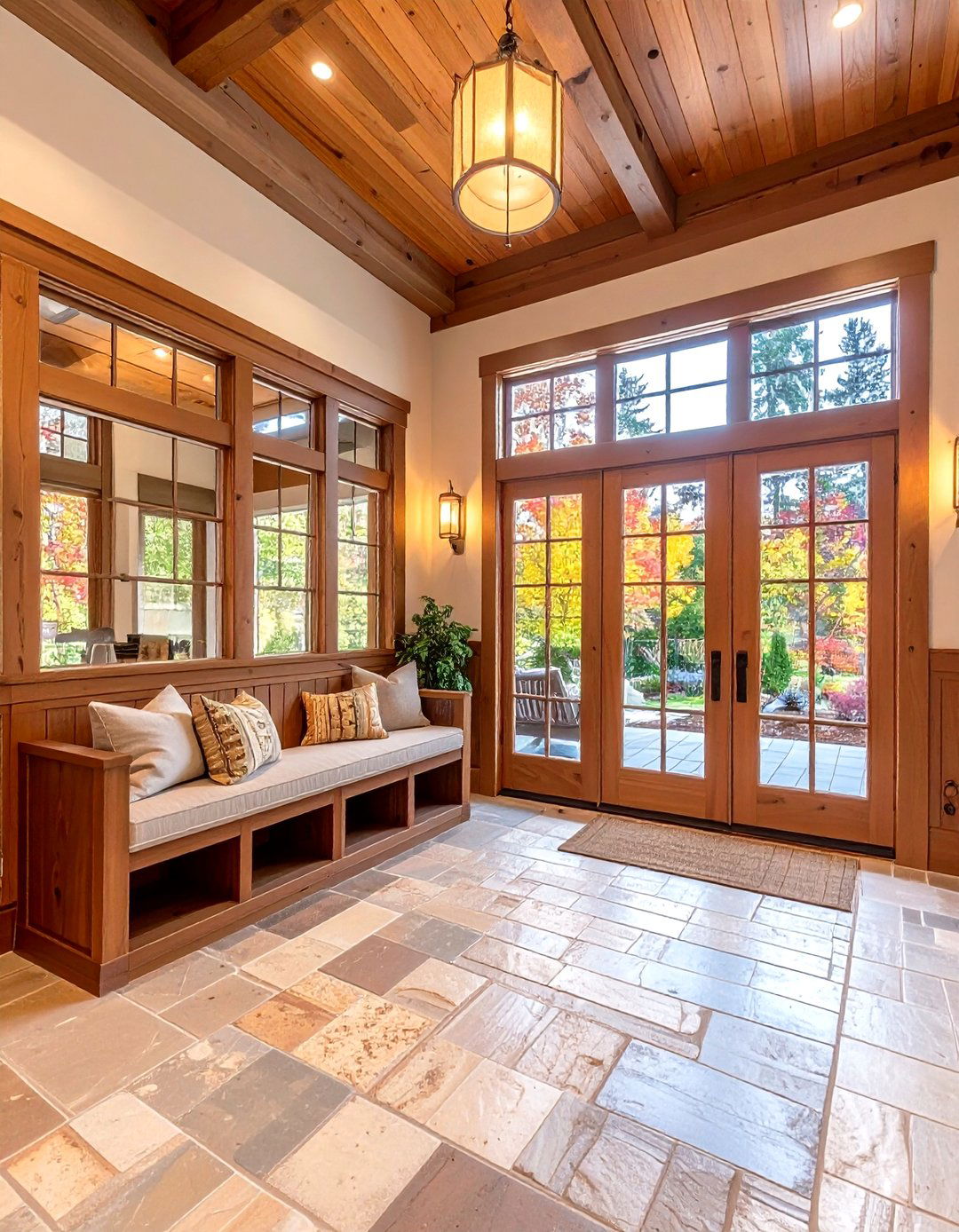
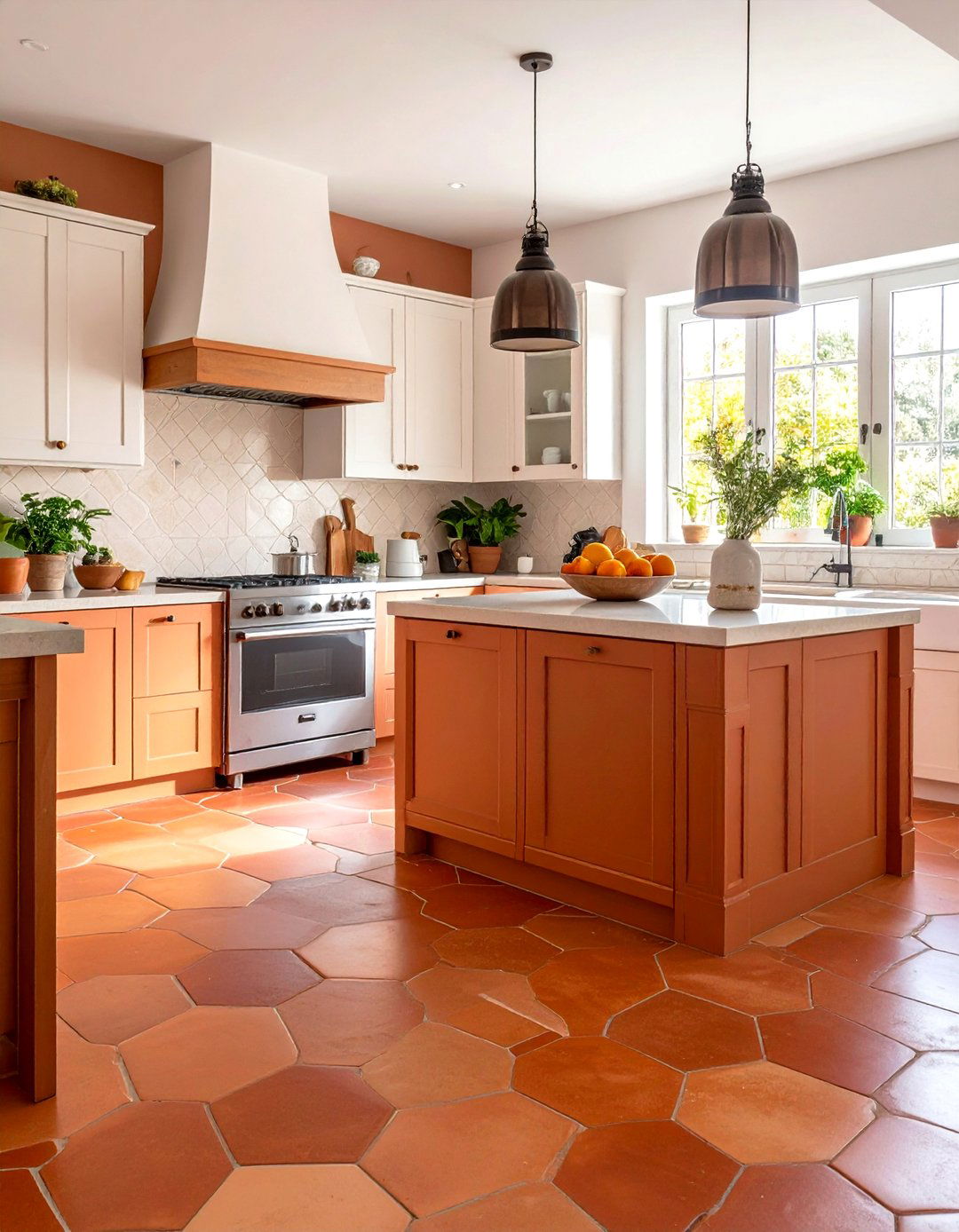
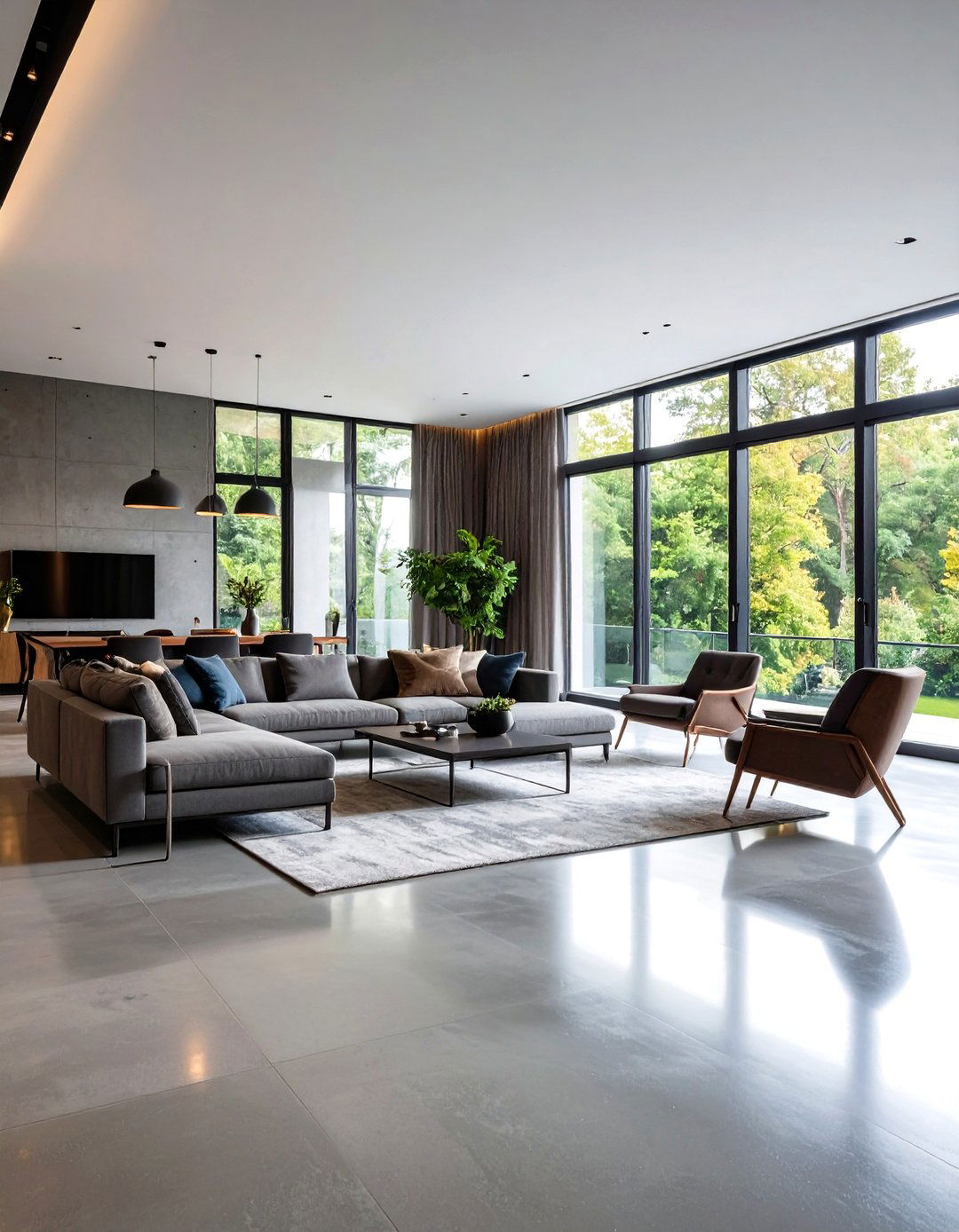


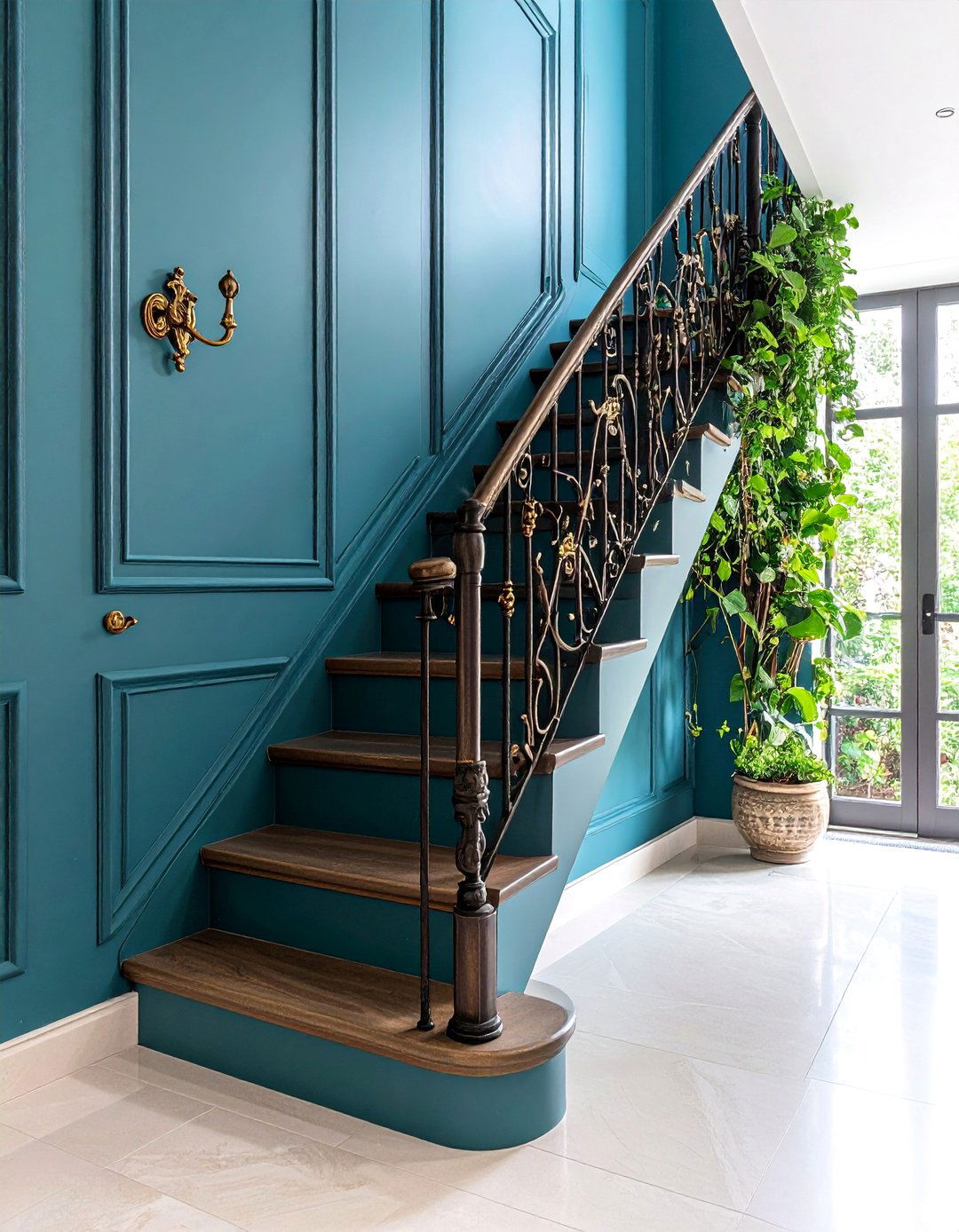
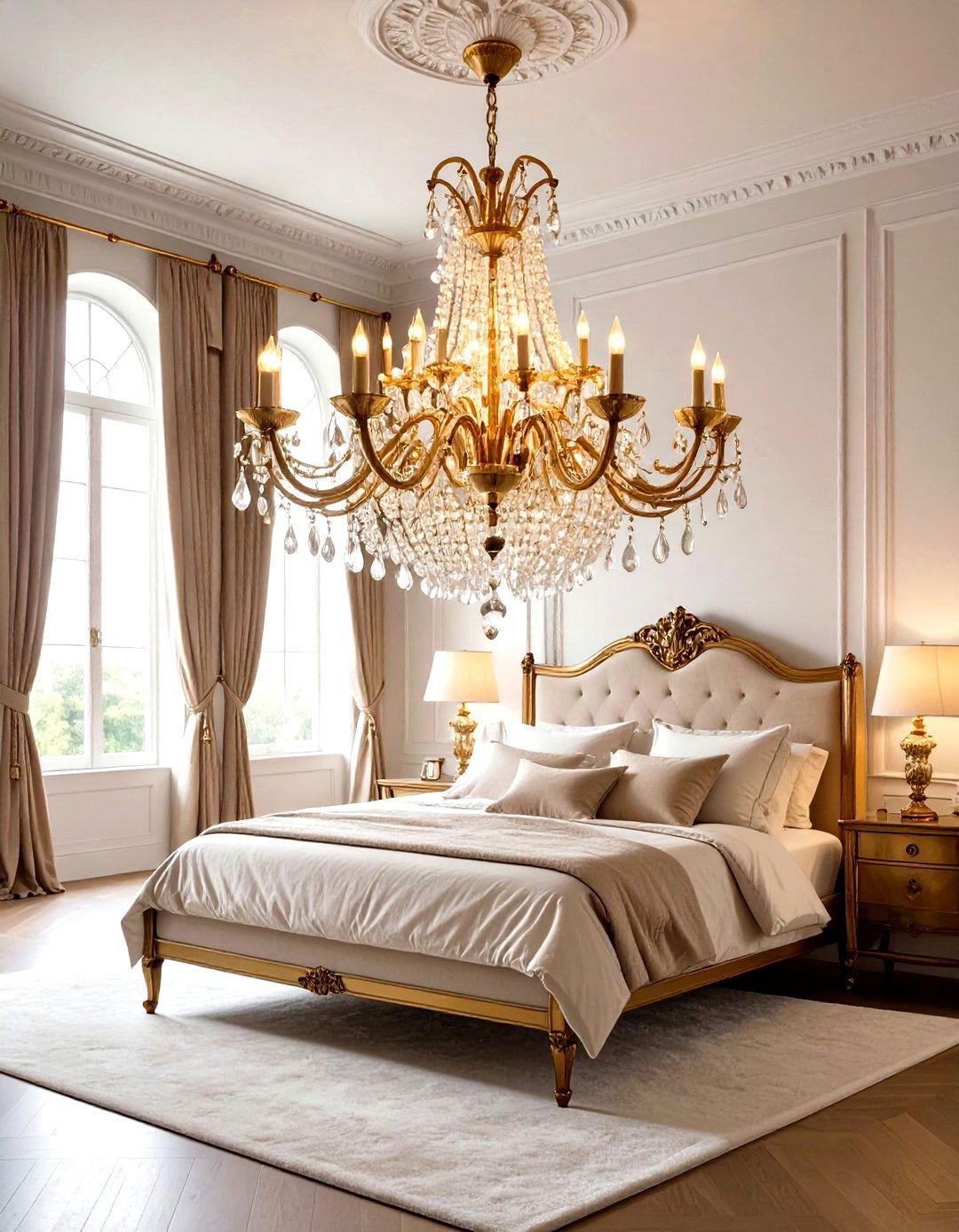

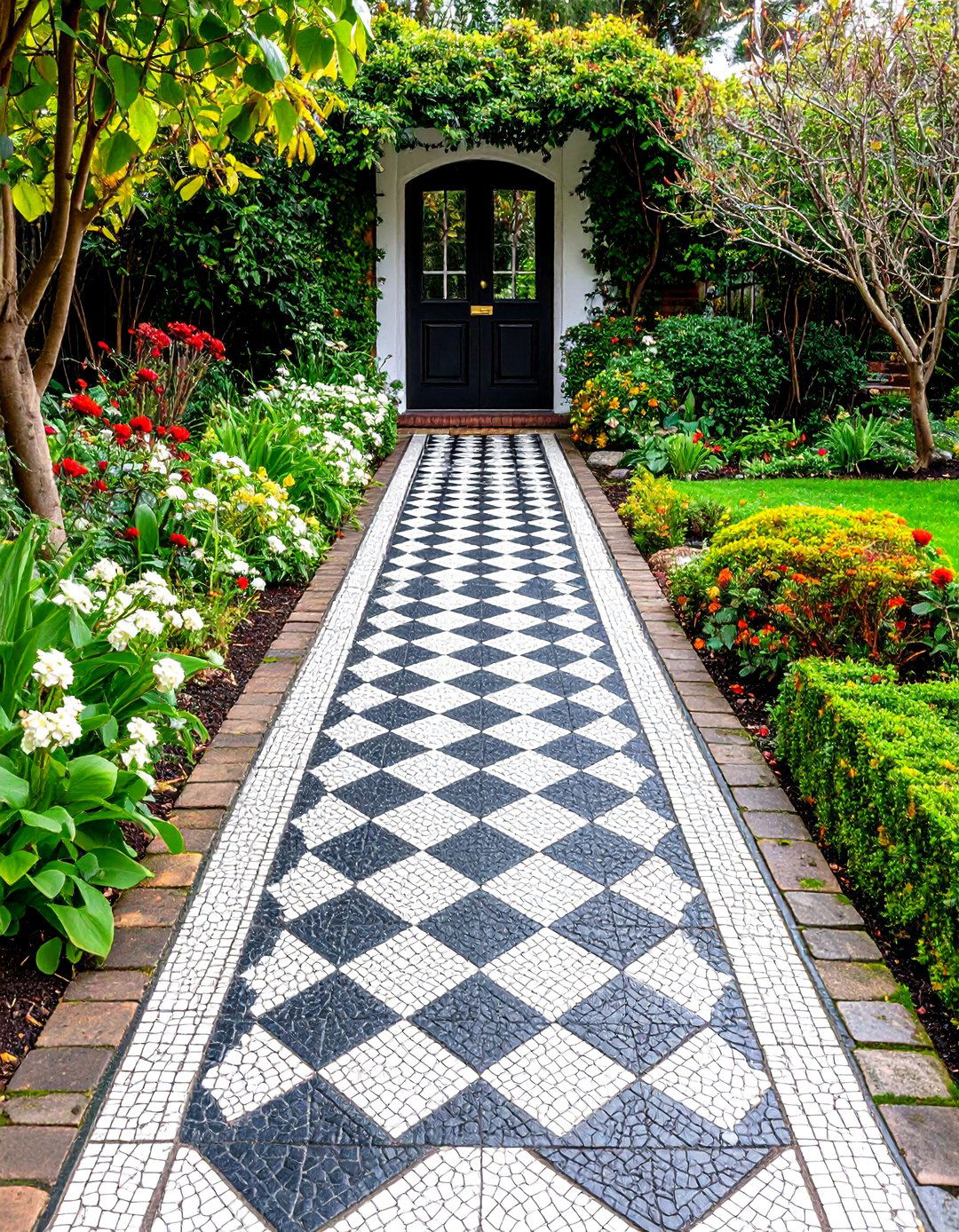
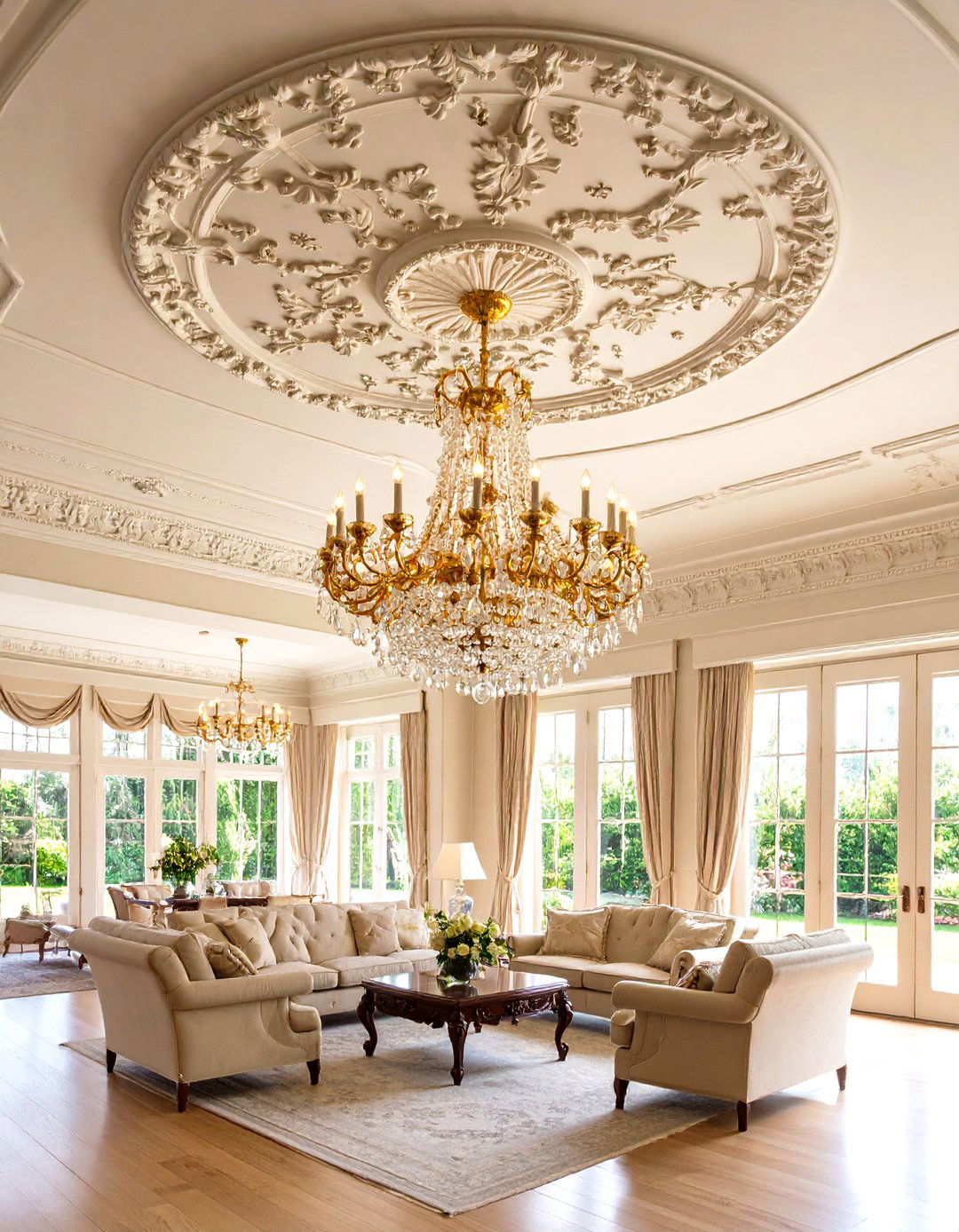

Leave a Reply